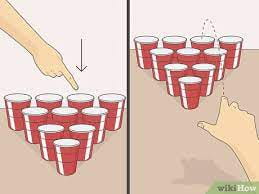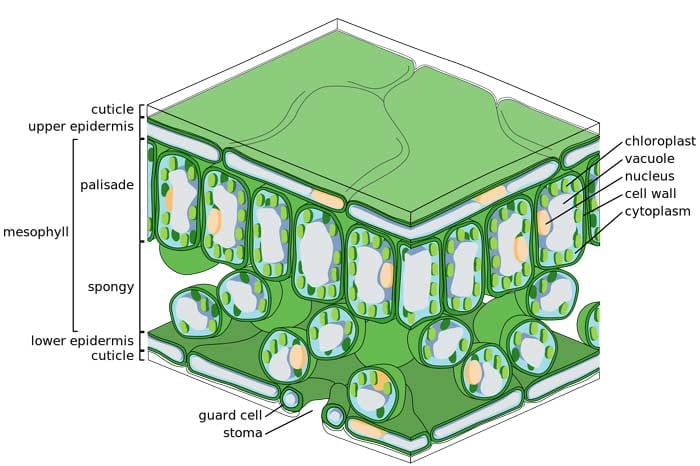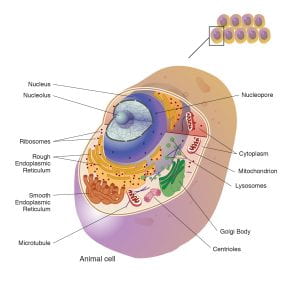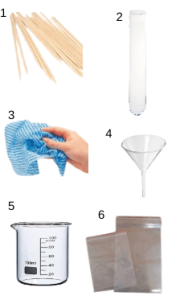Hello Readers!
For today’s lesson we participated in Water Pong. We investigated the rules and played in pairs. After we played amongst each other, we were tasked to create a blog post. In this blog post we needed to include answers to 6 questions. Under this is what I wrote I hope you appreciate my work!
In health today we took part in water pong (also known as beer pong). We played the game in pairs, using a table, 5 ping pong balls and 12 cups. This was very simple and enjoyable.
Rules for the game:
- Cups must be 1/4 filled with water
- Each player requires 6 cups
- When starting, place the 6 cups in a form of a triangle
- 4 remaining = forming cups into diamond
- 2 cups left = placing each cup in front of each other
- Elbows behind the edge of the table
- One by one, you throw the ball
- Take away each cup the opposite player gets a ball into
- Play until one person has no cups remaining
- Cups are opposite of each other at the edge of each side of the table
Which areas of hauora were affected when you participated in the game?
The areas of hauora that were affected by participating in water pong were all of them. Taha whanāu, taha tinana, taha wairua and taha hingenaro — social, physical, spiritual and mental and emotional. Although, social (taha whanāu) and physical (taha tinana) were affected the most.
How were the areas of your hauora affected when you played the game
My taha whanāu was impacted positively due to spending time with my friend during the process. The whole class worked in pairs or groups, which means all of ours was impacted well. Physical (taha tinana) was also impacted in a positive way. The constant movement to pick the ball from the floor and aiming to get the perfect angle explains why. We, in a way, were connecting with nature during the process; water. Which means, my taha wairua was impacted positively. Mental and emotional was also impacted in positive ways. I was mostly happy while playing the game; this enighted my taha hingenaro.
From this experience. I thought of how the words we’d previously learnt of, were linking together with this activity. Playing water pong with my friend makes this an interpersonal experience. With the whole class playing at once, this affects all of us beneficially. This influenced a societal uplift. During the time we were engaging, I used many strategic methods or strategies. My Whare Tapa Whā was affected for a short term, but left a superior consequence.
Do you think that the values of social justice: fairness or inclusiveness and/or non-discrimination were shown today? How?
Social Justice =
Fairness
Inclusiveness
Non discrimination
The social justice value of inclusiveness was visible while sorting out the groups. Everyone was able to be with someone and it was equal. Nobody was left out. Fairness was shown while handing out the cups/ping pong balls and the duration of the games. There were plenty of ping pong balls to hand out. All the groups were able to have 5 each. Each and everyone, had the correct amount of cups as well. Non discrimination was obvious all throughout. This shows especially when the games started; people took turns and everyone was included no matter what.
How well do you feel that you participated in today’s activity? Why is that?
In today’s lesson I definitely participated well. (I was able to win the game between me and my friend). I think I participated well because of who I chose to play water pong with. Playing this with my friend was an amusing occurrence; we both improved our social and physical well-being.
What are the definitions of our other key concepts?
PIS
Personal – Affecting one person. This only includes yourself no others. Issues revolving around this are less likely to be as significant as others.
Interpersonal – This involves more than 1 person but not as many as 1000. Problems surrounding interpersonal things happen with groups of people; parents and you, friends, teachers with students, etc. These difficulties that happen, can bring up more than personal issues as it’s remembered most of the time.
Societal – Evolves around a community, country, school, etc. More people are able to remember this for a longer period of time. Long term affects
Social Justice stands for F,I,N; fairness, inclusiveness and non-discrimination. This is commonly used to describe how well a trouble is affected in good ways. It’s a solution to explaining how badly/positively a set of circumstances was affected.
Short term and long term explains how long a problem affects you. The first one; short term impacts you for the period of 0-3 months. You’ll likely forget about this and go on about your day. Long term is expected to last 3- ∞. This could last forever in some cases. Long term has a higher chance of draining your taha hingenaro (mental and emotional area of whare tapa whā).
Consequence explains results from an action you, or someone else has done. With any situation, there are consequences. Bad and good come with everything (including this).
Tutorial for Water Pong
Images of Water Pong


Thanks for reading!!!




